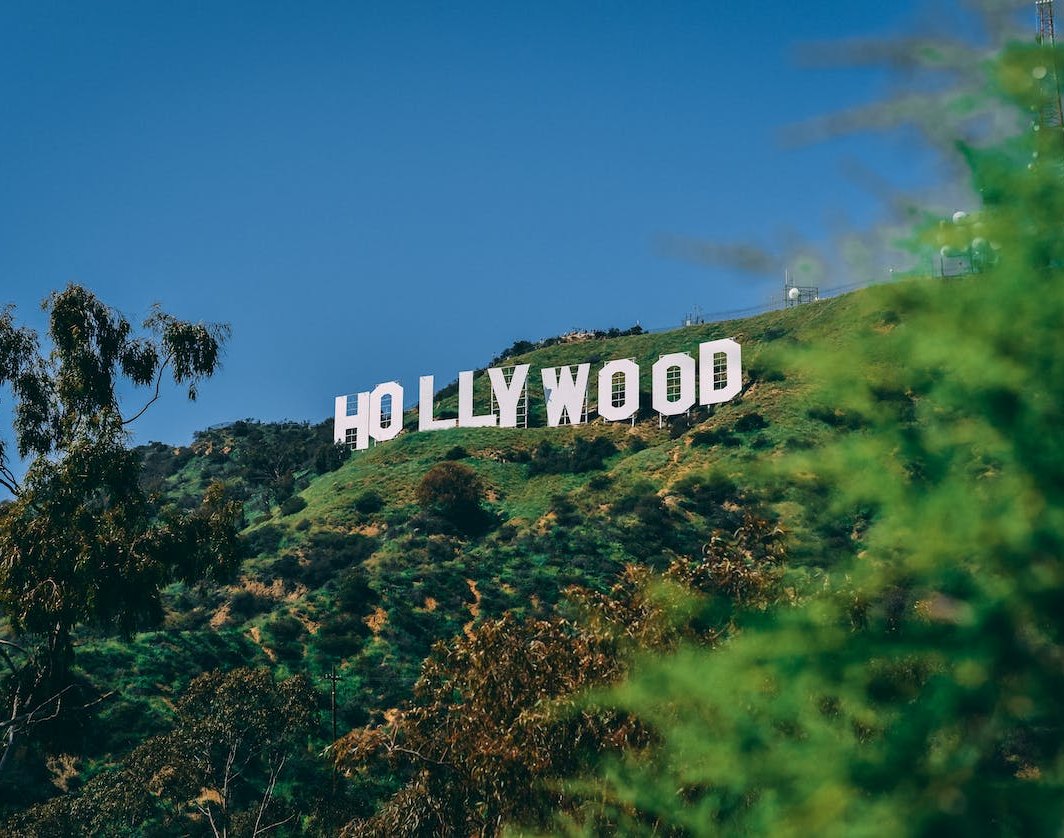Have you ever questioned the origins and reasons behind Hollywood’s inception? Curious about why it’s named Hollywood? Why did it become the epicenter of the global entertainment industry, and how did it all begin? This article holds the key to unlocking these mysteries and more.
Hollywood, the global epicenter of the entertainment industry, has a rich and fascinating history that spans over a century. This article delves into the old history of Hollywood, stories about its inception, and some other amazing facts about this global entertainment powerhouse.
Welcome to the magical world of Hollywood, where dreams come alive on the silver screen.

The Birth of Hollywood – Old History
The roots of Hollywood can be traced back to the late 19th century when a handful of pioneers began experimenting with motion pictures. The mild climate and diverse landscapes of Southern California drew filmmakers seeking varied backdrops for their productions. One of the first major studios, Nestor Film Company, set up shop in Hollywood in 1911, marking the district’s emergence as a cinematic hub.
The First Film
In 1914, Hollywood gained even more prominence with the release of its first feature film, “The Squaw Man.” Directed by Cecil B. DeMille and Oscar Apfel, this silent Western marked a significant milestone in the history of American cinema. The success of “The Squaw Man” laid the foundation for Hollywood’s ascent as a major player in the film industry.
The Silent Era
The early years of Hollywood were dominated by silent films, a medium that relied solely on visuals, accompanied by live music or narration. Notable actors like Charlie Chaplin, Buster Keaton, and Rudolph Valentino rose to fame during this period. The Hollywood studios, such as Paramount, Warner Bros., and MGM, began to solidify their influence, shaping the industry’s future.
Black and White Cinema
The introduction of sound in the late 1920s revolutionized cinema, leading to the decline of silent films. However, black-and-white films continued to be the norm well into the 1930s. Iconic movies like “Casablanca” (1942) and “Gone with the Wind” (1939) showcased the power and artistry of monochrome cinematography, leaving an indelible mark on the history of Hollywood.
Stories of Hollywood
Hollywood has always been synonymous with glitz, glamour, and, at times, scandal. Tales of rising stars, studio moguls, and the behind-the-scenes drama have added an extra layer of allure to the district. The Hollywood sign, originally erected in 1923 as a real estate advertisement, has become a symbol of the entertainment industry’s grandeur.
The Golden Age and Studio System
The 1930s to the 1950s are often referred to as Hollywood’s Golden Age, characterized by a thriving studio system and the production of numerous classic films. Studios controlled every aspect of filmmaking, from casting to distribution, giving rise to legendary directors like Alfred Hitchcock and Frank Capra. Stars like Marilyn Monroe, Clark Gable, and Audrey Hepburn graced the silver screen, contributing to Hollywood’s global appeal.
Hollywood’s journey from a small independent community to a global entertainment juggernaut is a testament to the resilience, creativity, and passion of the individuals who shaped the industry.
As we continue to witness the evolution of cinema, Hollywood remains a beacon of inspiration, continuing to capture the imaginations of audiences worldwide.
You’ve done a great job👍